TBL Truffle Guide
There are plenty of culinary delicacies that we’ve propelled to the pinnacle of our gastronomic obsessions.
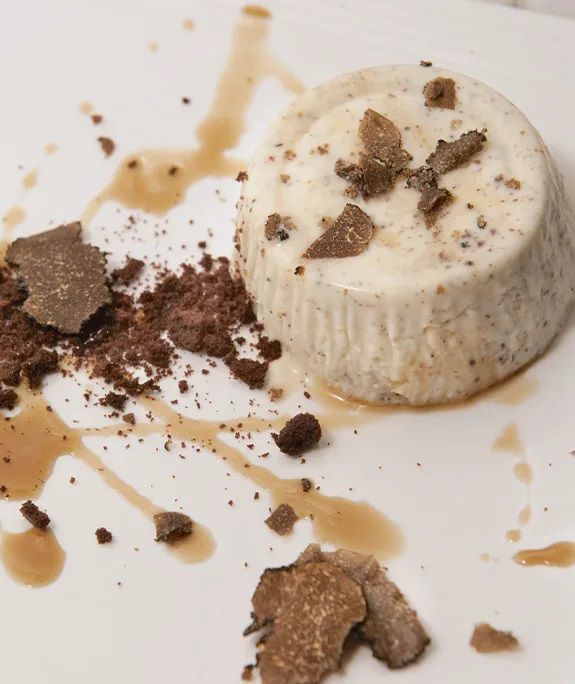
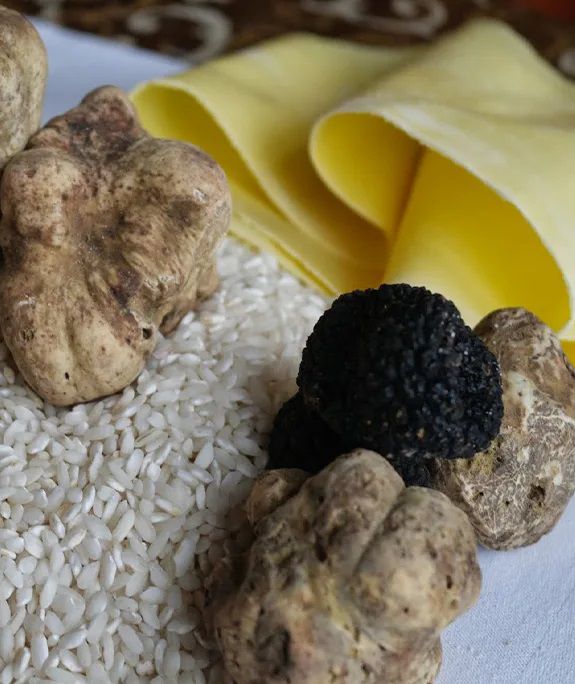
These innocuous members of the Fungi kingdom have been elevated to legendary status by gourmands since before the time of Plutarch. The first-century Greek author and his contemporaries believed truffles were created during storms through a combination of lightning, water, and warmth but these days we know better.
Contrary to the beliefs of the ancient Greeks, these fragrant culinary gems are born of the earth, amongst the roots of specific trees like the oak, hazel or beech. Although today truffles are near omnipresent as an in vogue luxury ingredient, the truth is we’ve always had an appreciation and valued them for their culinary uses.
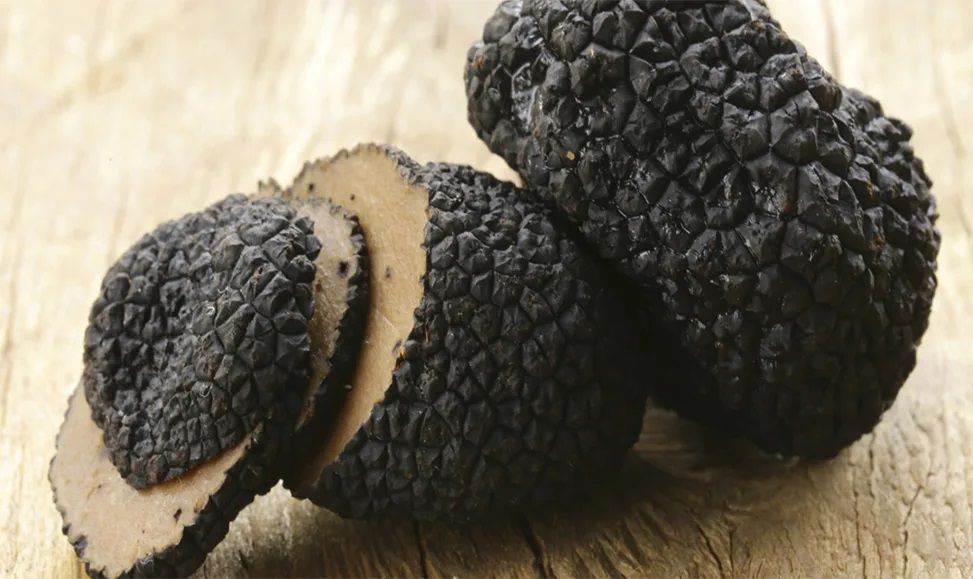
As the French author, Jean-Louis Vaudoyer so succinctly put, “There are two types of people who eat truffles: those who think truffles are good because they are dear and those who know they are dear because they are good.” Truffles can famously sell for upwards of $3000 per pound. But what is it that makes them so expensive?
The steep cost is due to their rarity. They’re seasonal, and even when truffles are in season, there’s a limited supply. Though mankind has tried and tried to domesticate the truffle, the best we’ve been able to do is figure out ways to cultivate it, so to date, we’re still mostly at nature’s mercy to get our fix. Add the challenge of actually finding them, and well, the asking price skyrockets. Specially trained dogs or hogs are needed to hunt subterranean truffle troves and they don’t come cheap.
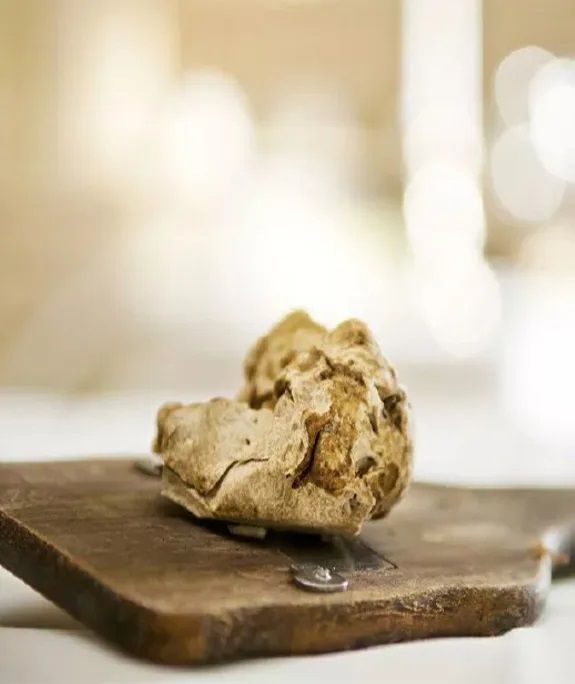
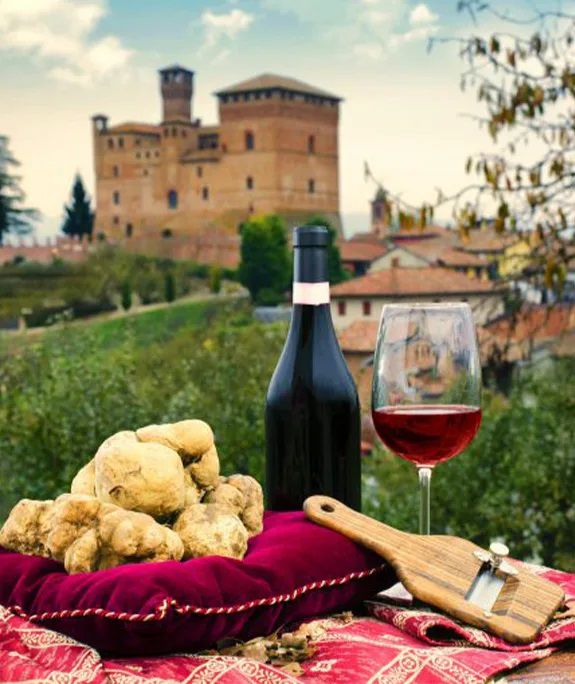
There are several types of truffle available throughout the year. Autumn brings the most wonderful time of the year, which truffle-philes wait for with the utmost patience: white truffle season. The tartufo bianco is the crown jewel of the fungi world. The most delicate, the most aromatic, the most flavorful, and the most expensive.
Found primarily around Alba and Asti in Piedmont, they are also encountered to the south in Umbria and Tuscany and to the east in Croatia. Piemontese truffles are the most coveted and the annual Fiera del Tartufo, or truffle fair is a celebration of the tuber, the culture, and heritage of the region. A worthy pilgrimage for any self-expressed truffle junkie.
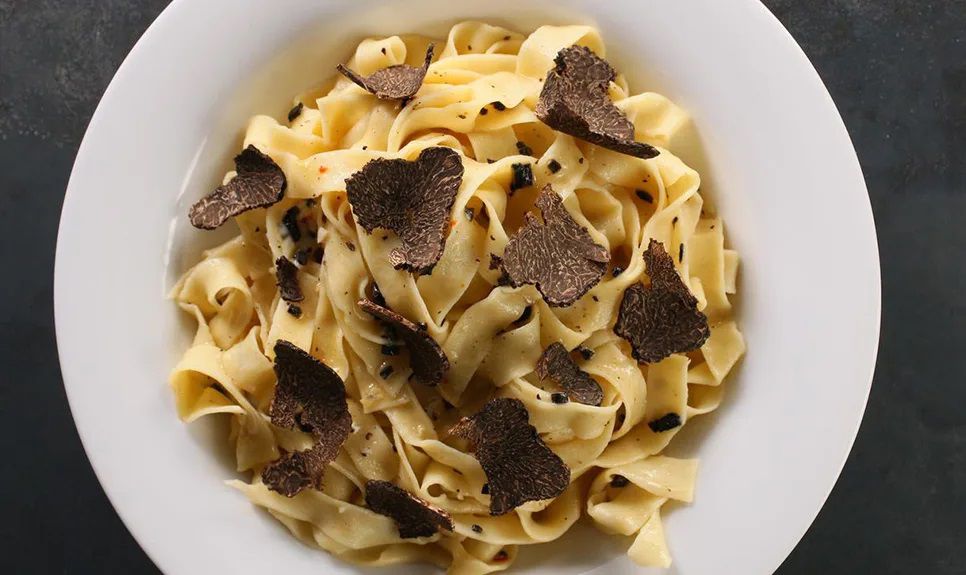
The Périgord truffle is a black variety found across southern Europe, with France being the major producer. After the white truffle, the Périgord is the second most coveted (and expensive). It too comes into season during the winter.
There are still others, like the summer or Burgundy truffles, which are less intensely aromatic and flavorful than their cherished brethren, and different truffle varieties are now cultivated worldwide.
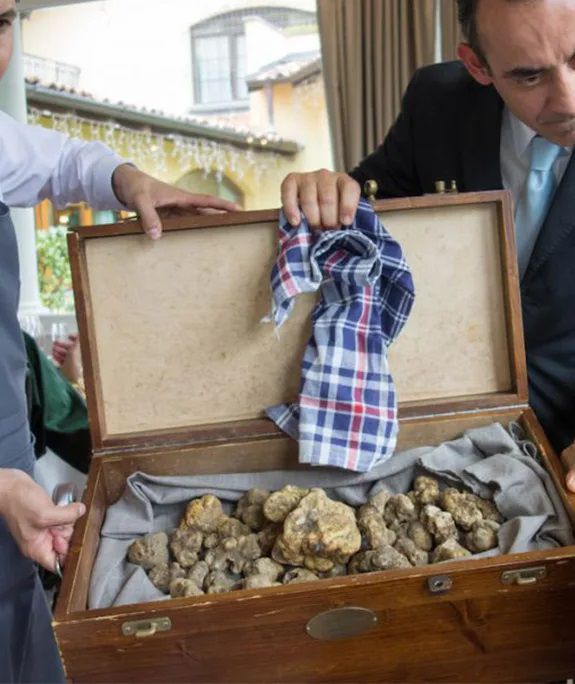
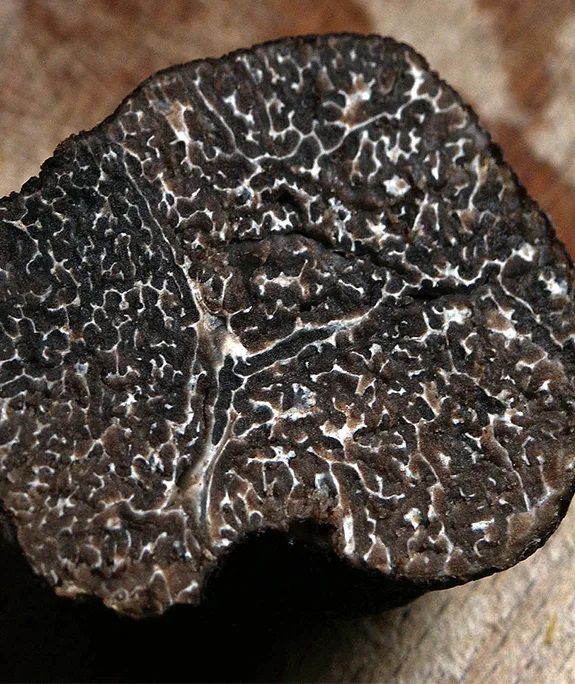
If you love the earthy, nutty, perfume of truffles but are short of cash, there are plenty of delicious truffle salts, cheese, and butter available on the market. However, beware the truffle oil! Many are nothing more than overpriced lies. By and large, truffle oils don’t actually contain any truffle, rather a synthetic compound is used to attempt to replicate that unique aroma and flavor while still charging a premium price.
So-called truffle oil tastes synthetic and lacks the delicacy of fresh truffles. Just don’t. It’s like setting out to buy a Maserati and winding up with a Ford Pinto. Always read the label before buying any purported truffle products to ensure you’re getting the genuine article.
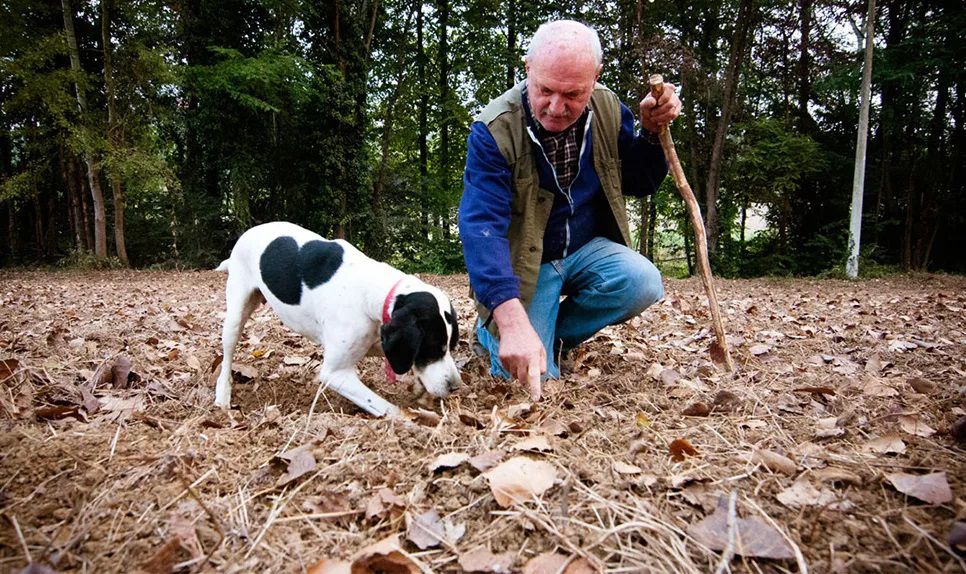
Given their completely unique flavor, the best way to get the most out of a truffle is to let it take center stage on the plate. Keep the dish simple, the preparation light, and go easy on the truffle shavings. Your bank account will thank you, too.

